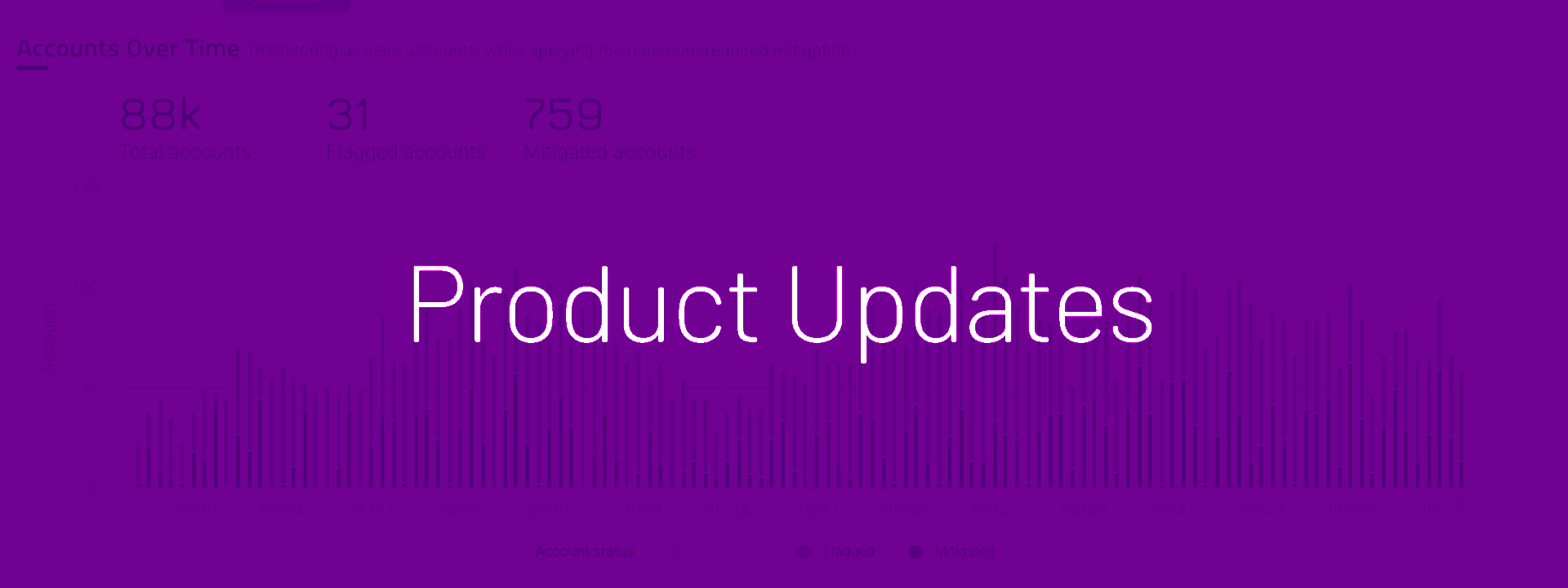All Blogs

HUMAN BLOG
HUMAN Included in Forrester’s Bot And Agent Trust Management Software Landscape, Q4 2025
READ NOW

HUMAN BLOG
From Transparency to Explainability: Cutting Through the Noise of “AI Slop” in 2026
READ NOW

HUMAN BLOG
ChatGPT Atlas vs Perplexity Comet: A Technical Comparison of Agentic Browsers
READ NOW

HUMAN BLOG
Mind the Gap: Marketers, Agentic AI Awareness, and the Holiday Season
READ NOW

HUMAN BLOG
The OWASP Top 10 for Agentic Applications: What It Means for Defenders in the AI Agent Era
READ NOW

HUMAN BLOG
Emerging Signs of AI-Agent Abuse: A Case Study in Agentic Carding Behavior
READ NOW

HUMAN BLOG
Cracking the Code: The Publisher’s Defense Against Malvertising
READ NOW

HUMAN BLOG
Tracking Agentic Commerce Through Black Friday and Cyber Monday: What Our Traffic Data Shows
READ NOW

HUMAN BLOG
The Year We Made Trust Adaptive
READ NOW

HUMAN BLOG
SantaGPT: How Many Americans Use AI To Holiday Shop?
READ NOW

HUMAN BLOG
The Interconnection between Site Performance and Campaign Optimization
READ NOW

HUMAN BLOG
Why Trust is the Growth Accelerator for Agentic Commerce
READ NOW

HUMAN BLOG
HUMAN Security Q3 2025 Product Updates
READ NOW

HUMAN BLOG
How to Prepare for Agentic Commerce: The 9-Step Framework for AI-Driven Shopping
READ NOW

HUMAN BLOG
What Marketers Really Want from Brand Safety and Viewability Tools in 2025
READ NOW

HUMAN BLOG
Managing Security for Cyber Attacks, Not PCI DSS Assessments
READ NOW

HUMAN BLOG
AI-Powered Streaming Fraud: How to Make a Hit Song Nobody Listens To
READ NOW

HUMAN BLOG
The Three Phases of Agentic Commerce: From AI Discovery to Autonomous Purchasing
READ NOW
- 1
- …